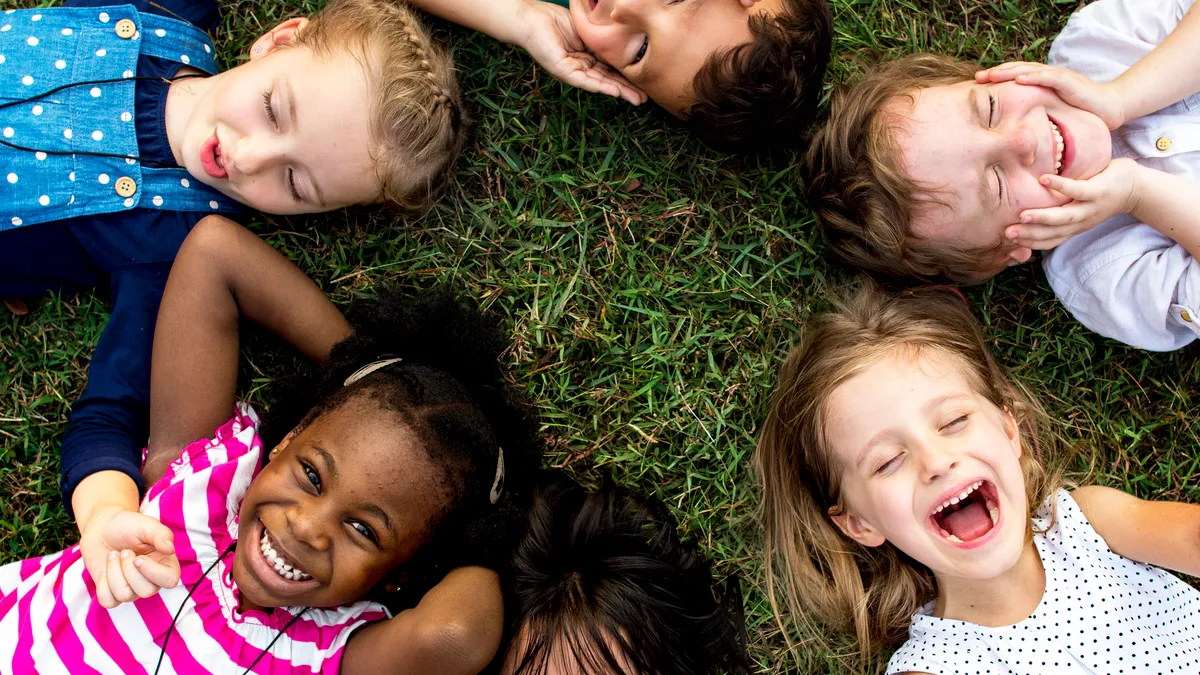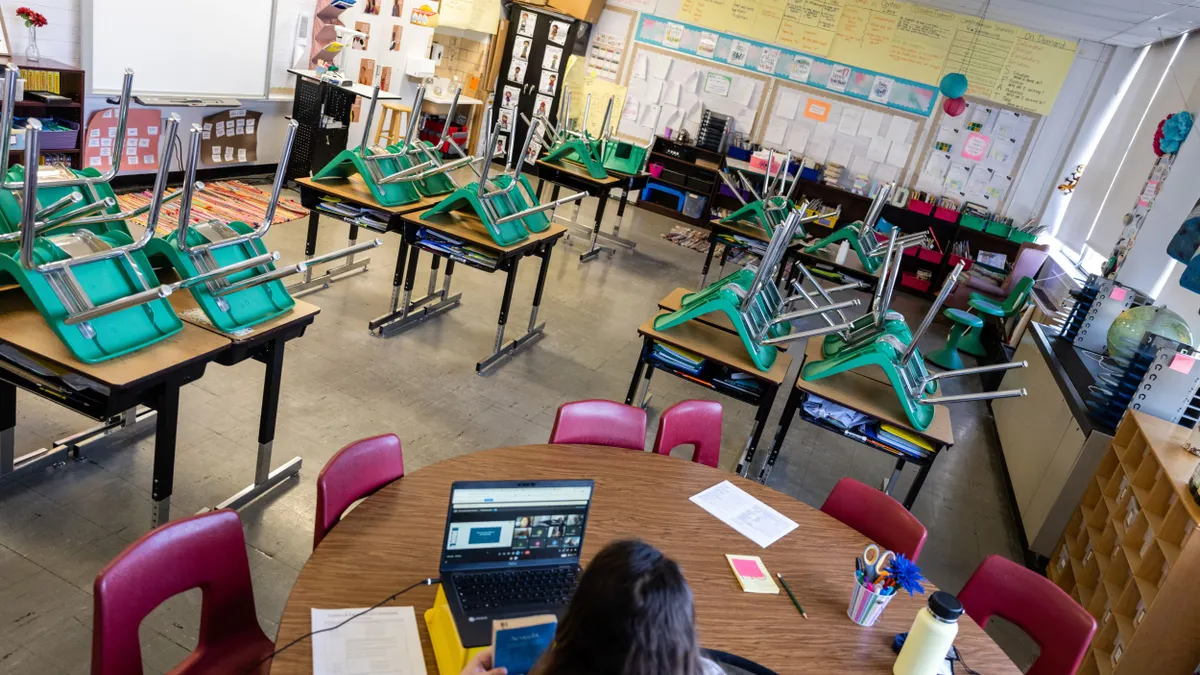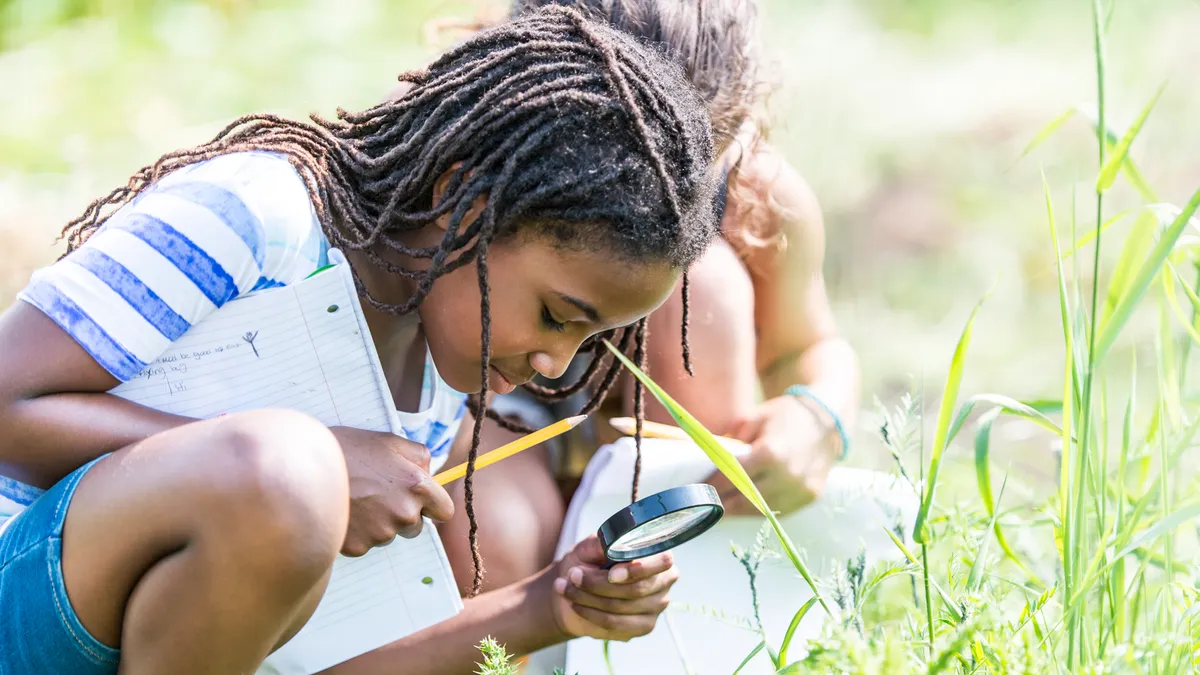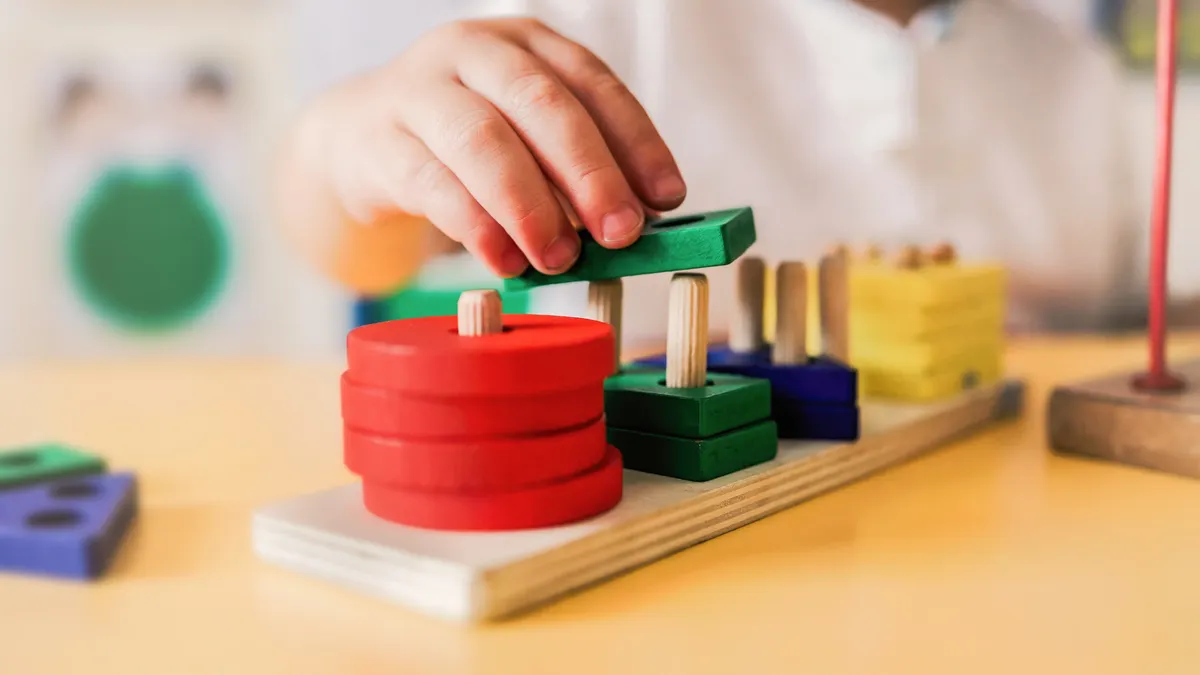Ayesha Ercelawn finds that after students spend even a small amount of time outdoors, they return feeling calm, relaxed, and quiet — all signs that students have experienced a state of mindfulness.
As education specialist for Green Schoolyards America — a nonprofit that supports transforming school grounds into green spaces that benefit children, the environment and communities — Ercelawn advocates for giving students time outdoors anywhere, especially in cities. She says students can enter these peaceful states of mind just by having some exposure to the outdoors and nature, even without being overtly led through a mindfulness lesson.
“With students indirectly nature journaling or doing other activities where we ask them to observe, they develop mindfulness without having to say, ‘OK, we’re doing this mindfulness activity,'” she says. “It happens naturally.”
Mindfulness is a practice that can essentially be done anywhere. After all, the goal is to bring oneself into the moment, activating an awareness and consciousness of being present. Mindfulness also appears to be linked to positive psychological health.
But mastery of mindfulness is one thing, and learning how to get into that space and quiet the mind is another. In a school setting, some educators have found that spending time outdoors helps students access that state of mind, feel more centered, and know how to return by themselves.
How students learn these skills can differ — ranging from overnight trips to fly-fishing. But the goals are similar: to help classes learn how to slow down, get outside of their daily experience, and bring some of those practices back into their daily life.
Overnight camping trips
At Explorer West Middle School, a private school in Seattle, each grade spends time with their classmates on overnight trips outdoors. While younger students go car camping, the higher grades go on backpacking trips, with 8th graders having to plan their route and even consult tide charts to figure out their paths.
Each group has eight to 10 students and two adults who are usually a combination of classroom teachers or administrators and outdoor education instructors, who are hired seasonally, says Barbara Frailey, head of school for Explorer West. The goal is to get students outdoors and to equip them with skills in self-reliance, so they learn how to support one another and bring those tools back home.
“The trips are consistent and long enough that the kids surrender to them,” says Frailey. “They relax being with each other, being in the moment and dealing with whatever is happening that’s bigger than themselves.”
For example, while students work together to plan the trips, sometimes situations arise that they can’t control — such as “horrible weather conditions,” Frailey says. They learn to accept these developments and figure out ways to handle them, which Frailey says can empower them.
They can think back to how they dealt with an issue on these trips that challenged them, such as being unsure on a backpacking or hiking expedition, and bring that learning to schoolwork and other activities and events.
“When students are overwhelmed by a project in social studies and don’t know how to get it done, a teacher can say, ‘Hey, remember when we were hiking and backpacking, and you didn’t know how you would get down but did?’" says Frailey.
Fly fishing
English teacher Nicholas Miller offers an unusual elective to students at Nokomis Regional High School in Newport, Maine — fly fishing. Students in the class read stories related to the topic, such as Norman Maclean’s “A River Runs Through It,” and spend time fishing — often with varying degrees of experience.
Students spend about four days per semester off-campus, fishing outdoors with weightless feathers rather than using weighted lines. Miller says the experience helps students learn to be more immersed in their environment and gentle with the fish.
Learning to fish in this way — and then taking that practice into their writing assignments — is part of the core curriculum. But there’s a side benefit to being on the water and figuring out how to catch fish, Miller notes.
“It’s not just a learning experience: It's meditative, promotes solitude, quietness, and overall wellness,” he says. “It’s one of the activities that promotes living a good life.”
Miller says that students who sign up for the class typically have some familiarity with fishing — and certainly with the land around them. To Miller, that means learners are more open to experiencing and connecting with the curriculum since they’re invested in the topic.
“I think that makes the learning more meaningful, because it’s reflected directly on their own experience,” he says.
Living schoolyards
Green Schoolyards America’s Ercelawn is eager to point out that students don’t have to travel far to experience the effects of mindfulness from the outdoors. That’s critical to note, since many students in big cities may not have access or resources to travel beyond their schoolyards.
But schools and districts surrounded by asphalt and concrete also need to crack open the doors — and quite literally the foundations — for nature and students to sprout. That’s one of the core areas of focus for the Berkeley, California-based nonprofit.
“The natural world can be in small spaces,” Ercelawn says. “They just need access to run around on their own every day without being teacher-directed.”
For some students, that may be a physical experience, such as climbing logs or hiking. For others, it may be time to be quiet and explore inside a natural space, like tending to a container garden located in a playground.
Having that time to reconnect with nature and the outdoors, in a space that students can return to and optimally access each day, can help learners develop skills to return to quiet their minds and engage in mindfulness all on their own — whether that’s at a recess period or during a tough situation.
“By doing this again and again, they are rewiring their brains, because they like the way it feels,” she says. ”Then they can seek it when they need to by themselves.”




















